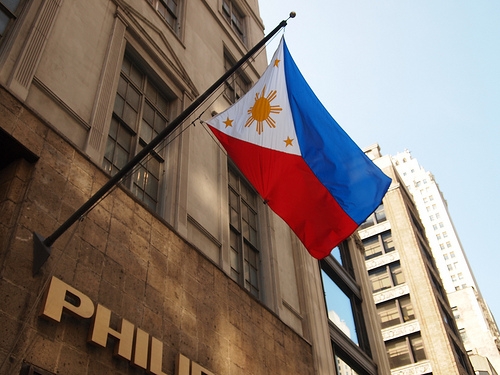
Why Philippines is most likely to hold on to its key policy rates
Rates will stand pat at 5.5% and 3.5%.
According to DBS, with the annual headline CPI inflation rate (3.2% in March) at the bottom of the 3-5% target range and the peso weakening against the US dollar, Bangko Sentral ng Pilipinas is widely expected to keep its key policy rates, the overnight repo and reverse repo rates unchanged at 5.5% and 3.5% on April 25.
With overnight interbank rates already close to zero and yields on government bonds (all the way to the 10Y sector) trading below the reverse repo rate, there is little incentive to cut policy rates further at the moment.
Here's more from DBS:
Despite substantial nominal and real effective exchange rate appreciation over the past years, FX intervention by the central bank has created ample liquidity in the banking system which is weakening the link between market and policy rates.
As a result, liquidity conditions at the moment have more impact on the level of market interest rates than policy interest rates, hampering monetary policy transmission.
For as long as this is the case, yields on government bonds can stay at record lows. Since mid-March, there has been moderate upward pressure on USD/PHP and Phibor interbank rates, but this should be temporary as the current account remains in surplus on a sustained stream of remittances and the capital account should benefit from expected portfolio inflows.
Both PHP and USD liquidity in the banking system should continue to expand through surpluses on both the current account and the capital account.
Therefore, the outlook for primary liquidity in the banking system remains favorable and the benchmark 2Y/10Y government bond yield curve should remain flat.
























 Advertise
Advertise






